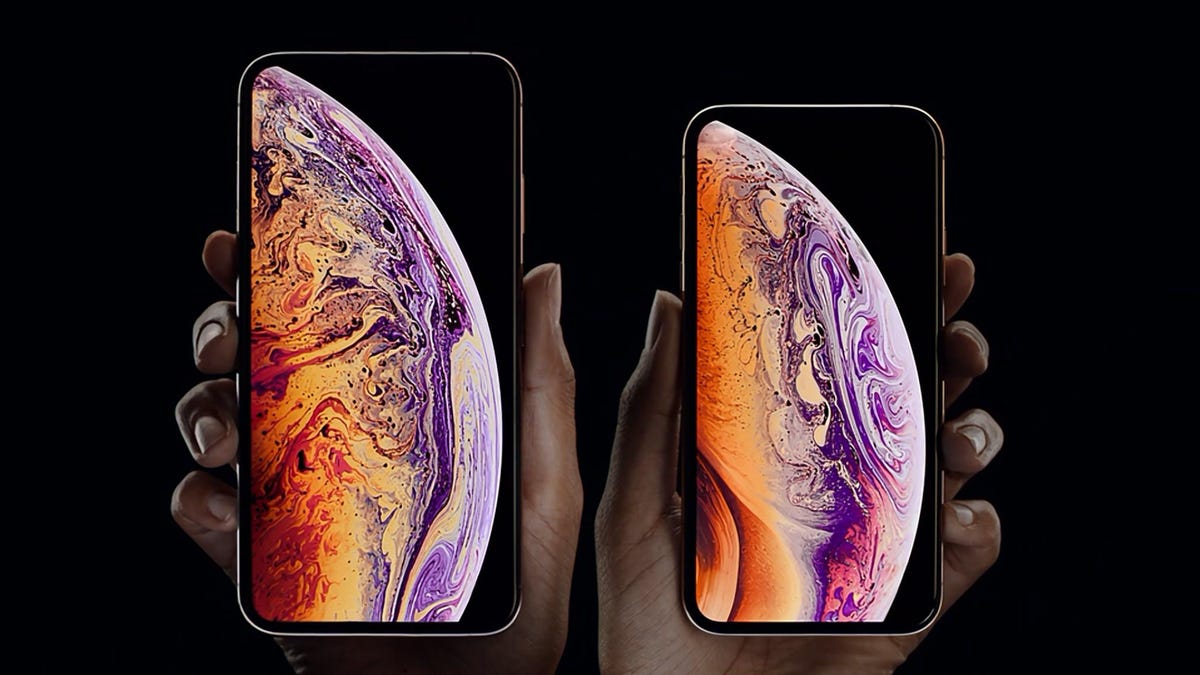iPhone XS A12 Bionic chip is industry-first 7nm CPU
Apple steps ahead with advanced chip manufacturing.

Apple iPhone XS and XS Max
The A12 processors inside Apple's iPhone XS and XS Max phones are the first to use a new, more advanced chip manufacturing technology that miniaturizes circuitry, the company said Wednesday.
The chips use a 7-nanometer manufacturing process, marketing chief Phil Schiller at Apple's iPhone launch event. A nanometer is a billionth of a meter, and smaller sizes mean more transistors can fit onto a single chip.
The chip, whose full name is the A12 Bionic, has 6.9 billion transistors, Schiller said.
"This A12 Bionic is without question the smartest and most powerful chip ever in a smartphone," Schiller said.
Processors are the heart of a smartphone, and Apple, by controlling its own design, can stand out from the herd of Android phones. For example, it can fine-tune the number of processing engines, called cores. The A12 bionic has six CPU cores and can run either with two high-performance cores or four more power-efficient cores, Schiller said.
See also
In performance mode, the A12 is up to 15 percent faster while using 40 percent less power than chips in last year's iPhone X. In efficiency mode, it uses 50 percent less power, key for better battery life.
Apple marketing chief Phil Schiller touts the A12 Bionic processor in the new iPhone XS and XS Max phones.
The A12 Bionic also has a new four-core graphics processing unit (GPU) that's 50 percent faster than the one in the iPhone X. And the neural engine, for running machine learning and artificial intelligence software used in everything from recognizing faces to understanding voice commands, can perform 5 trillion operations per second compared to 600 million for last year's A11 processor.
Another change comes with the chip's storage abilities. It can now handle as much as 512GB of flash memory.
"That's a half a terabyte in an iPhone in your pocket," Schiller said. "That' enough for 200,000 photos."
First published September 12, 10:58 a.m. PT.
Update, 12:18 p.m. PT: Adds further details about the A12 Bionic processor.

